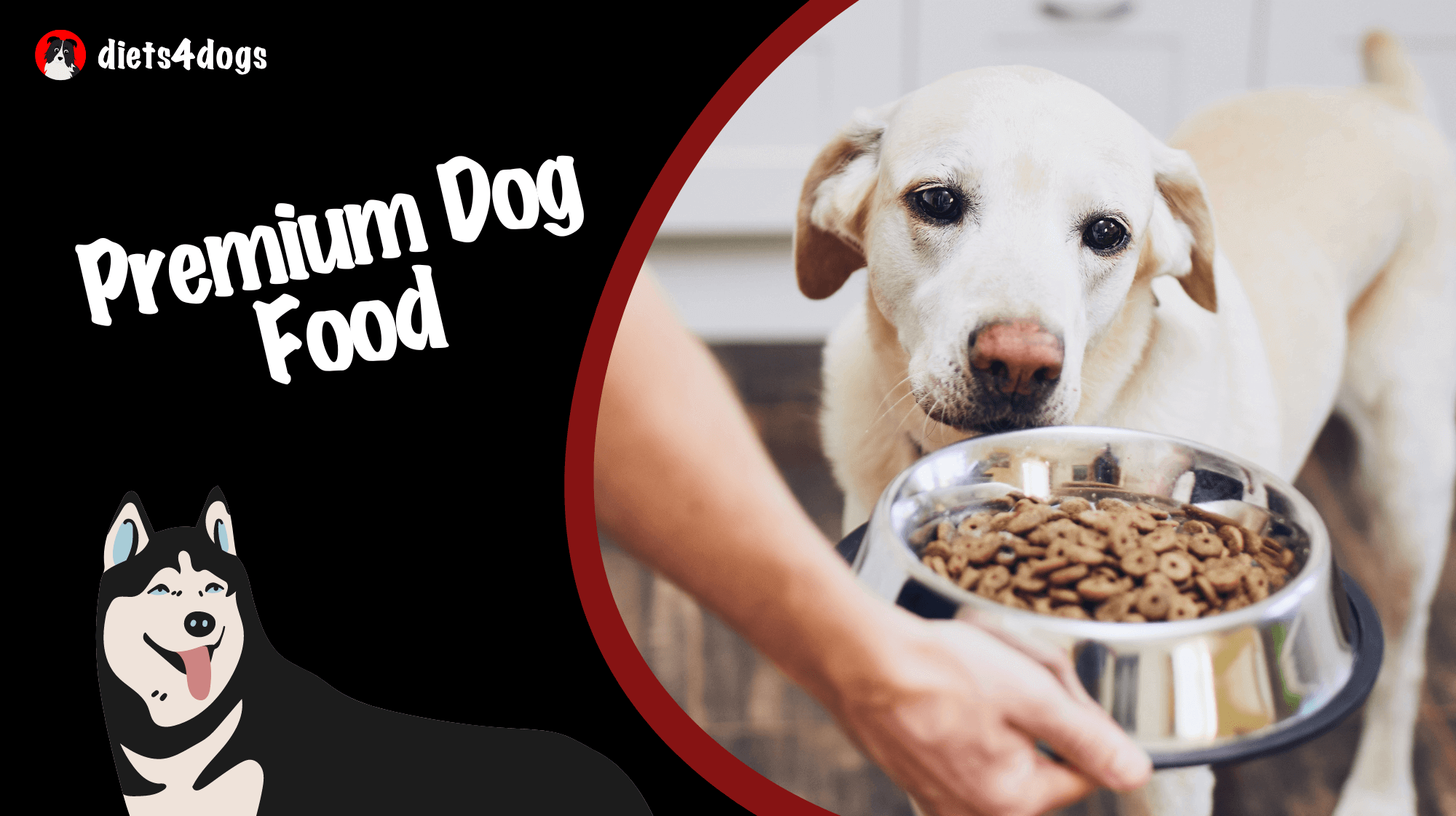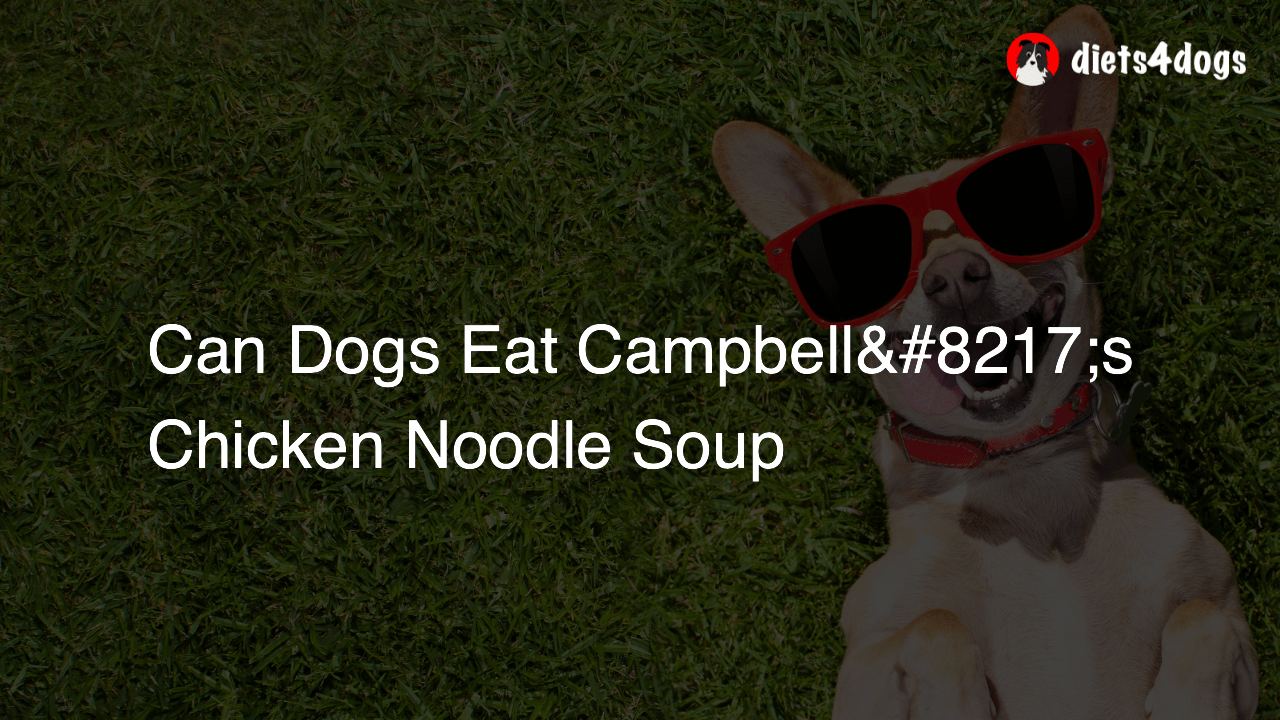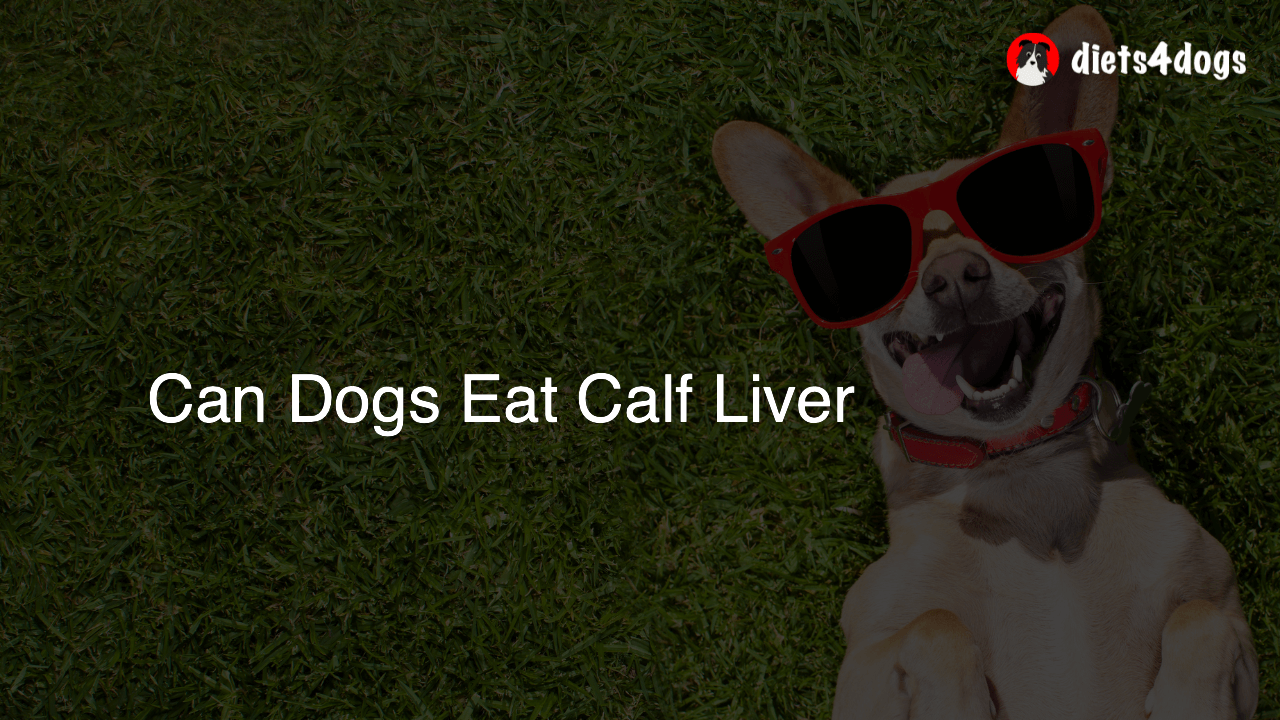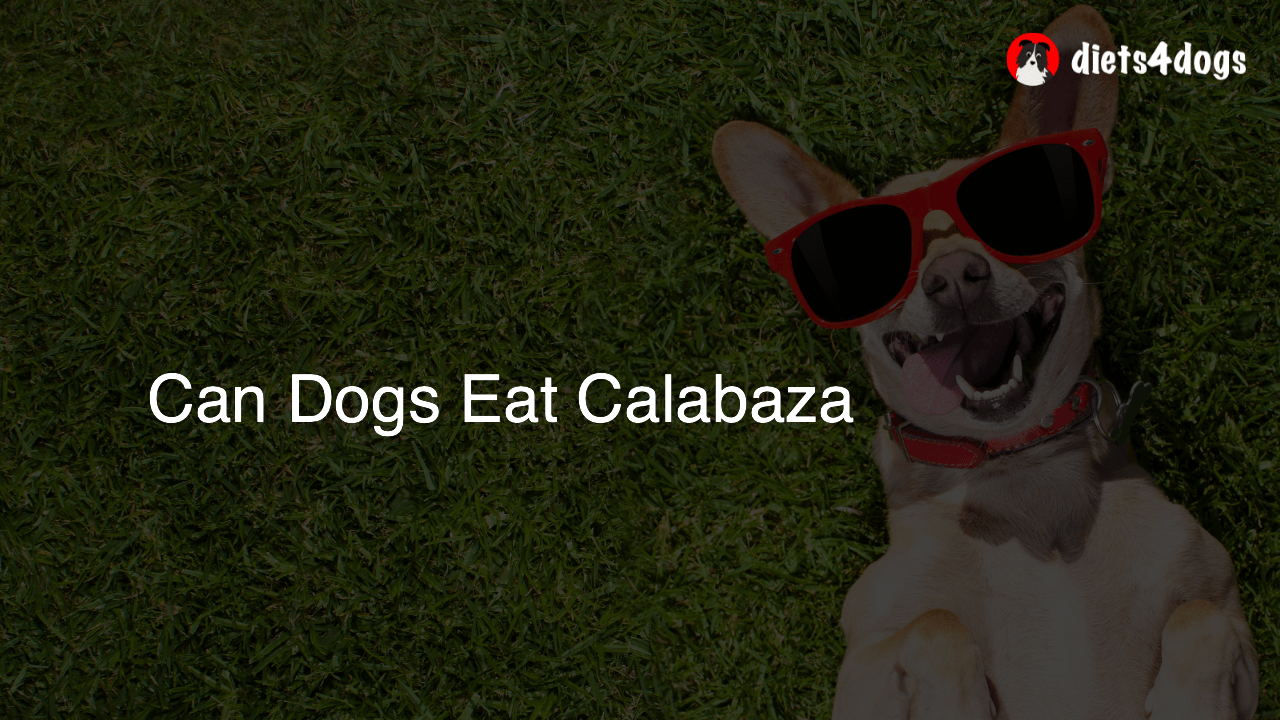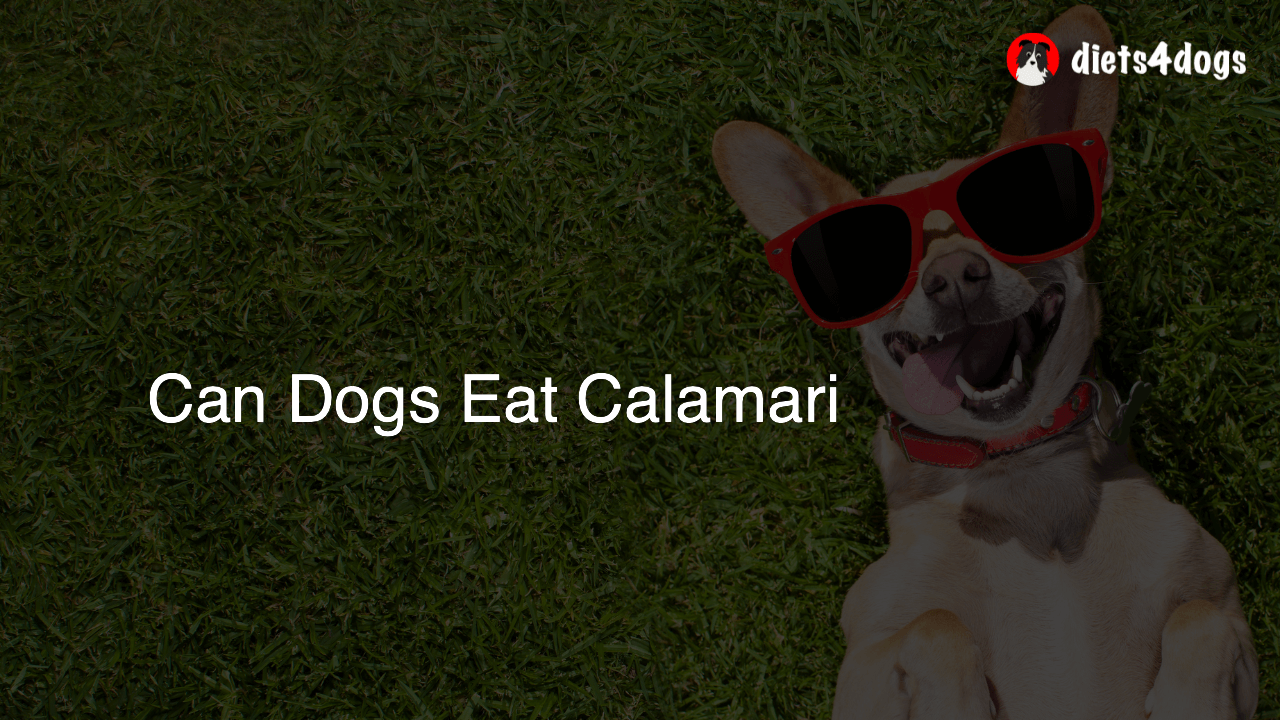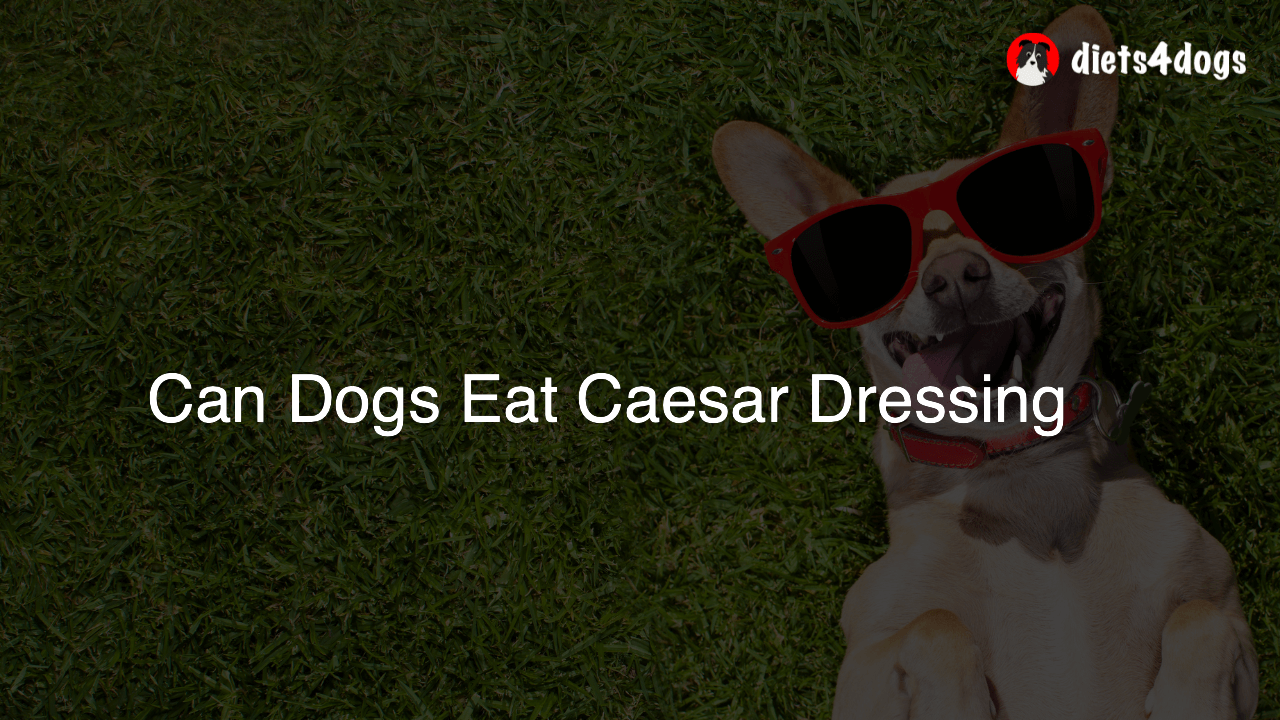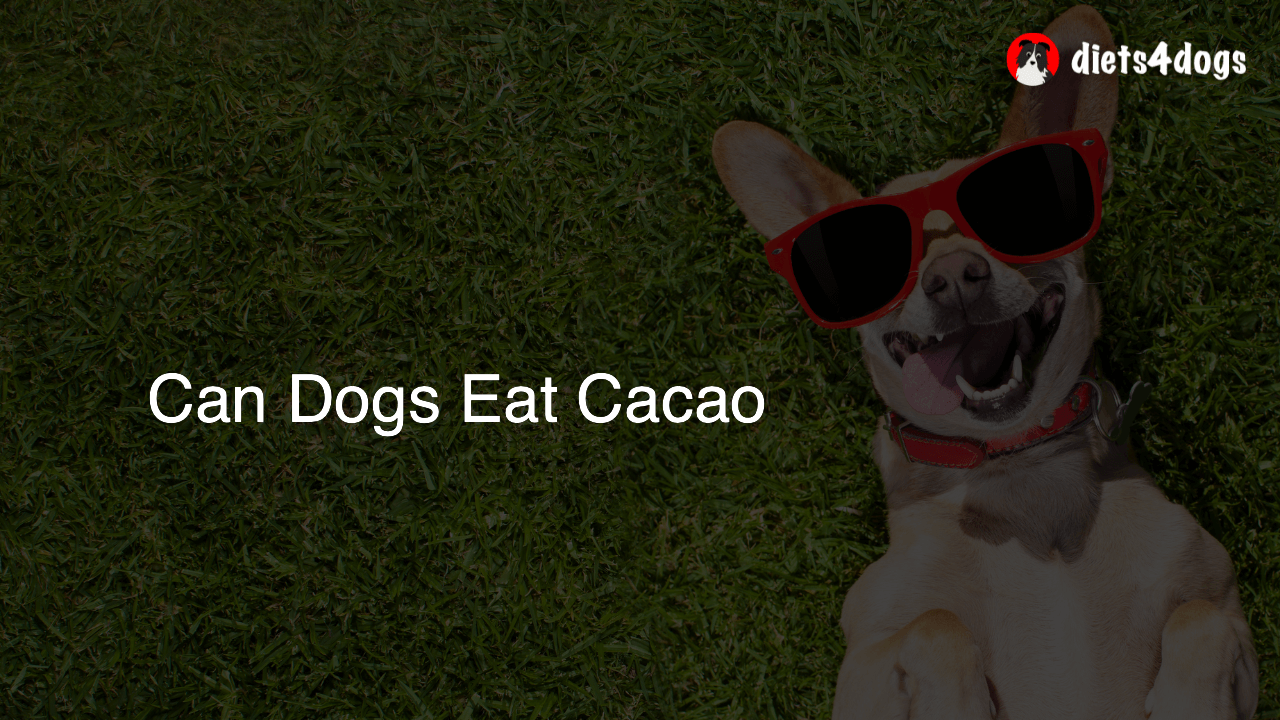Can Dogs Eat Sea Salt
No, dogs should not eat sea salt. Consuming salt, including sea salt, can lead to sodium ion poisoning in dogs. This can cause vomiting, diarrhea, tremors, high temperature, seizures, and even death. Instead, provide your dog with a well-balanced diet that meets their nutritional needs without added salt.
Can Dogs Eat Sea Salt: The Importance of a Balanced Diet
As dog owners, we want to provide the best for our furry friends, ensuring their health and happiness. Some pet owners may wonder if sea salt can be a beneficial addition to their dog’s diet. In this post, we delve into the topic and provide an in-depth analysis of whether dogs can eat sea salt.
Understanding the Differences Between Table Salt and Sea Salt
First, let’s understand the difference between table salt and sea salt. While both types of salt contain sodium chloride, sea salt is typically less refined. It is derived from the evaporation of seawater and contains trace minerals such as magnesium, potassium, and calcium. Table salt, on the other hand, is processed and often contains anti-caking agents and iodine.
The Myth of Sea Salt Being Healthier for Dogs
It is a common misconception that sea salt is a healthier alternative to table salt for both humans and dogs. While sea salt may have some additional trace minerals, it still has comparable sodium content to table salt. High sodium intake can be harmful to dogs, leading to various health issues.
The Risks of Sodium Ion Poisoning in Dogs
Feeding your dog salt, including sea salt, can be dangerous. The consumption of salt can cause sodium ion poisoning in dogs. This condition can lead to a variety of health problems, including:
- Vomiting
- Diarrhea
- Tremors
- High temperature
- Seizures
- Death
As responsible pet owners, we must be cautious about what we include in our dog’s diet to avoid serious health complications.
How Much Sodium Do Dogs Need?
Dogs require a certain amount of sodium in their diet for essential body functions. Sodium is responsible for maintaining the balance of fluids, nerve and muscle function, and acid-base balance in the body. However, too much sodium can lead to health problems, including high blood pressure and heart disease.
Meeting Your Dog’s Sodium Requirements
To meet your dog’s sodium requirements and prevent complications, it is essential to provide a well-balanced diet. A high-quality dog food should meet your dog’s nutritional needs without any added salt. Be sure to check the label of the dog food you purchase to ensure it is balanced and appropriate for your dog’s age, size, and activity levels. Consult with your vet if you have any concerns about your dog’s sodium intake.
Natural Dog Food Alternatives to Sea Salt
To enhance the flavor of your dog’s food without adding sea salt, consider incorporating human-grade, dog-friendly ingredients like:
- Lean meats
- Carrots
- Green beans
- Sweet potatoes
- Pumpkin
These healthy, whole food alternatives can provide essential nutrients for your dog, minus the risks of high sodium consumption.
Preventing Accidental Exposure to Salt
Being proactive about your dog’s exposure to salt is crucial. Here are some tips to prevent accidental ingestion of salt:
- Keep salty snacks and dishes out of your dog’s reach
- Be vigilant when walking your dog near roads treated with salt in the winter months
- Keep your dog away from pools with saltwater systems
- Avoid giving your dog salty table scraps
By practicing caution and following these suggestions, you can keep your dog safe from the dangers associated with salt consumption.
The Effects of Salt in Commercial Dog Food
It’s essential to be aware that some commercial dog food products already contain salt. The salt found in dog food is present to aid in the preservation process and add flavor. However, dog food with excessive salt can be harmful to your pet. Make sure to examine the ingredient list and sodium content on the label before purchasing dog food.
Understanding the Signs of Excessive Sodium Intake
Learning to recognize the signs of high sodium intake in your dog is crucial for their well-being. Symptoms of excessive sodium intake in dogs include:
- Excessive thirst
- Increased urination
- Swelling or edema
- Weakness or lethargy
- Loss of appetite
If you think your dog may be suffering from salt poisoning or high sodium intake, seek veterinary advice immediately. Your vet will determine the appropriate course of action to help your dog recover.
Tips for Reducing Salt Intake for Dogs
Here are a few helpful strategies for minimizing your dog’s salt intake and maintaining a balanced diet:
- Purchase low-sodium or no-salt-added pet food options
- Review the label to ensure balanced nutrients, and avoid products with high levels of sodium
- Offer fresh fruits and vegetables, like blueberries, carrots, and sweet potatoes, as treats instead of salty snacks
- Always provide access to fresh water to help flush out any excess sodium
Conclusion
Ultimately, dogs should not consume sea salt or any type of salt in large quantities. A well-balanced, low-sodium diet will minimize the risk of sodium ion poisoning and promote overall health. By taking the time to understand your dog’s dietary needs, you can ensure that they enjoy a long, healthy, and happy life.
FAQ Section: Can Dogs Eat Sea Salt
In this FAQ section, we address some common questions pet owners may have regarding sea salt and dogs. Expand your knowledge on this topic and learn how to keep your furry friend safe and healthy.
1. Can dogs eat a small amount of sea salt?
While a very small amount of sea salt is unlikely to harm your dog, it’s better to avoid giving them any additional salt. A balanced dog food will already contain the necessary sodium levels to maintain their health.
2. Is salt harmful to all breeds of dogs?
Yes, excessive salt consumption can be harmful to all dog breeds. Salt poisoning can cause various health issues in dogs, regardless of their breed, size, or age.
3. How much salt is safe for dogs?
The safe amount of salt varies based on your dog’s weight, size, and activity level. However, a balanced dog food should be sufficient to provide the necessary sodium levels without any additional salt.
4. Can I add sea salt to homemade dog food?
It is not recommended to add sea salt or any type of salt to homemade dog food. Consult with your veterinarian for guidance on appropriate recipes and ingredients for a well-balanced diet.
5. Are there healthier salt alternatives for dogs?
Instead of adding salt to your dog’s diet, consider using other dog-friendly, natural ingredients such as lean meats, carrots, green beans, sweet potatoes, and pumpkin to enhance the flavor of their food.
6. Can I use herbs and spices to flavor my dog’s food?
Some herbs and spices, such as basil, thyme, and parsley, are safe for dogs and can enhance the taste of their meals. However, it’s essential to avoid potentially toxic seasonings like garlic, onion, and chives. Always consult with your veterinarian before introducing new ingredients into your dog’s diet.
7. What should I do if my dog accidentally consumes a large amount of salt?
If your dog ingests a significant amount of salt, contact your veterinarian immediately. Swift action is necessary to prevent severe health complications from salt poisoning.
8. Are other types of salt equally dangerous for dogs?
Yes, all types of salt, including table salt, Himalayan pink salt, and kosher salt, can be harmful to dogs due to their sodium content. Excess salt intake can lead to sodium ion poisoning and pose a serious health risk.
9. Can I give my dog salt-free human food?
It’s essential to ensure that any human food you give to your dog is safe and nutritionally appropriate. When sharing salt-free, pet-friendly food with your dog, do so in moderation, and always consult with your veterinarian to avoid potential dietary imbalances.
10. Are salted dog treats dangerous for dogs?
While many commercial dog treats often contain some salt, it’s important to choose treats with low-salt or no-salt-added options to minimize your dog’s sodium intake. Always check the treat labels and consult with your veterinarian for advice on the best options for your pet.


